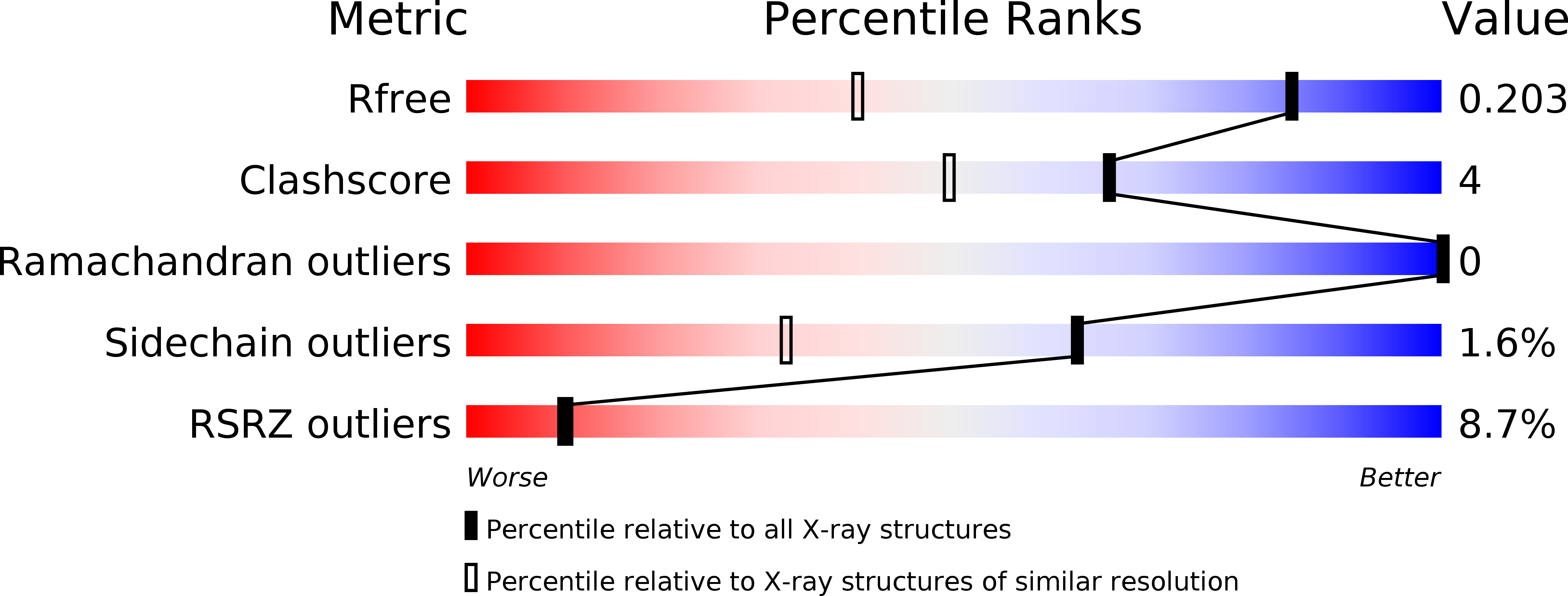
Deposition Date
2018-10-24
Release Date
2019-02-20
Last Version Date
2024-10-23
Method Details:
Experimental Method:
Resolution:
1.37 Å
R-Value Free:
0.21
R-Value Work:
0.17
R-Value Observed:
0.17
Space Group:
I 41 2 2


